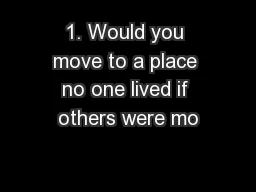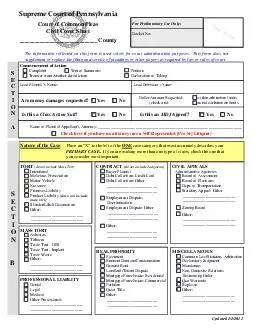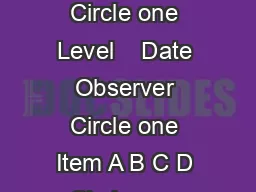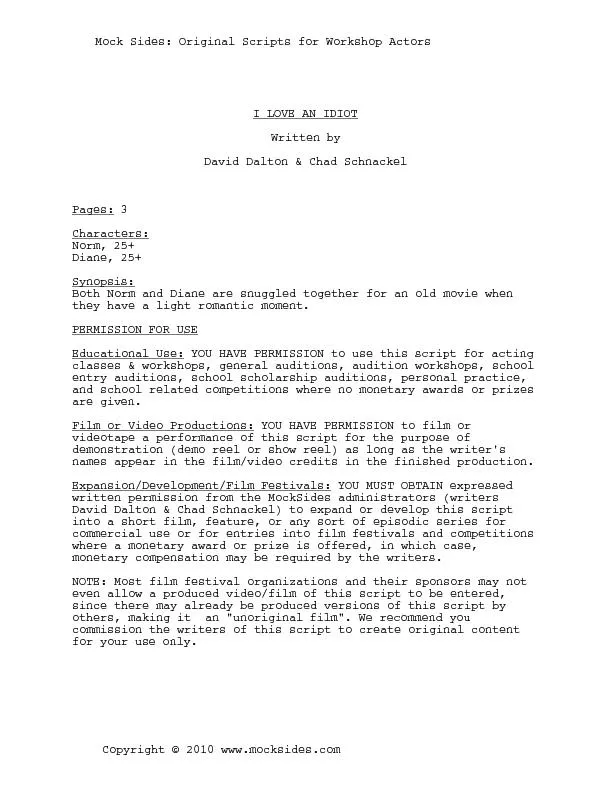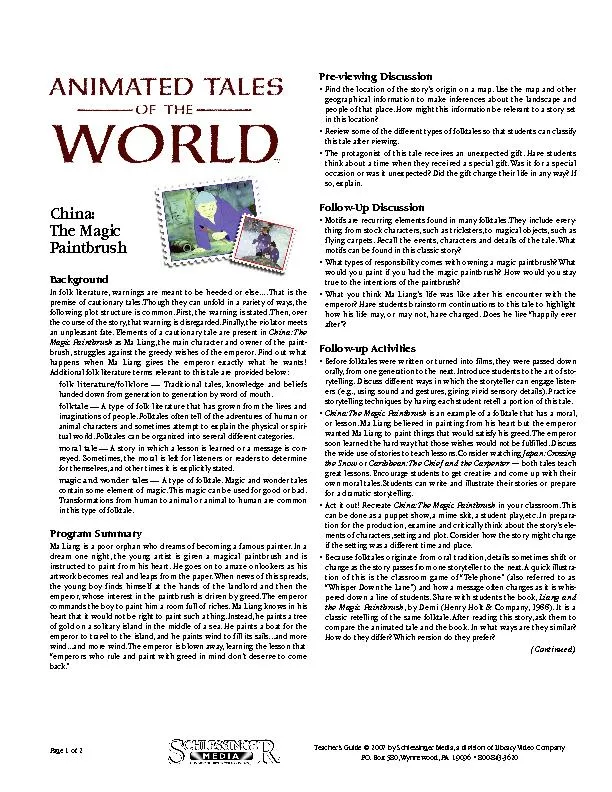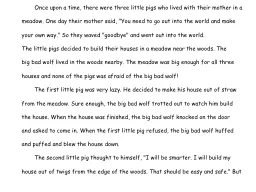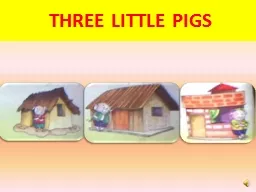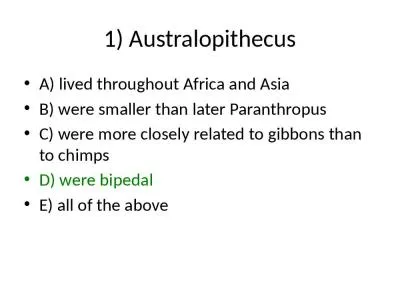PPT-1. Would you move to a place no one lived if others were mo
Author : faustina-dinatale | Published Date : 2016-07-30
2 Where are the Great Plains 3 What are the Great Plains like Do Now The winters were bitter cold There were few rivers and streams for water and few trees for
Presentation Embed Code
Download Presentation
Download Presentation The PPT/PDF document "1. Would you move to a place no one live..." is the property of its rightful owner. Permission is granted to download and print the materials on this website for personal, non-commercial use only, and to display it on your personal computer provided you do not modify the materials and that you retain all copyright notices contained in the materials. By downloading content from our website, you accept the terms of this agreement.
1. Would you move to a place no one lived if others were mo: Transcript
Download Rules Of Document
"1. Would you move to a place no one lived if others were mo"The content belongs to its owner. You may download and print it for personal use, without modification, and keep all copyright notices. By downloading, you agree to these terms.
Related Documents

